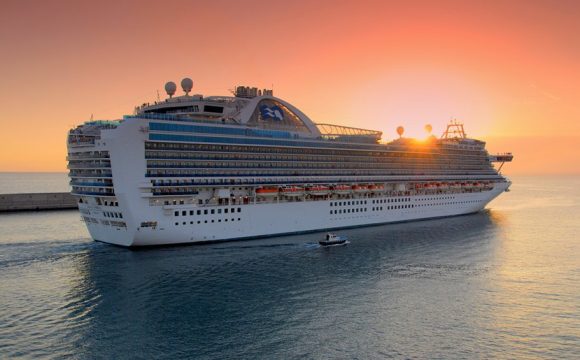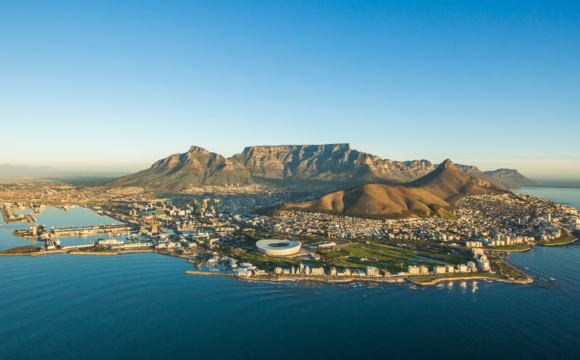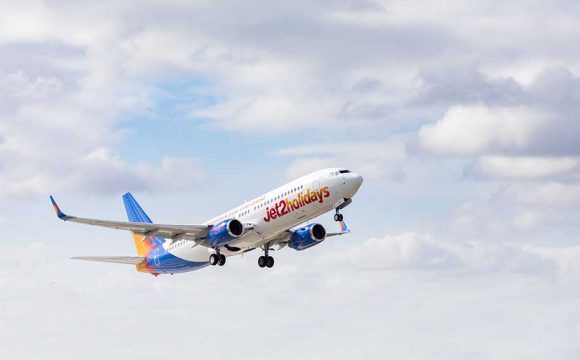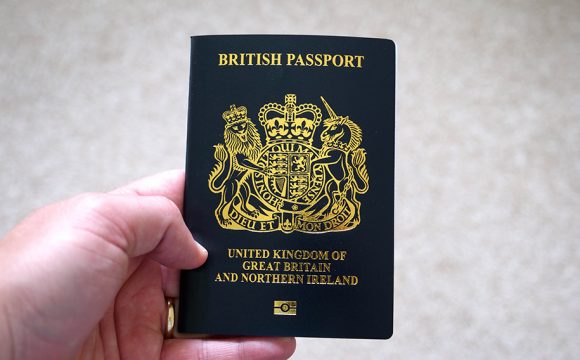Destinations worldwide received 671 million international tourist arrivals in the first half of the year, according to the United Nations World Tourism Organisation (UNWTO).
Between January and June 2019, almost 30 million more visits were made than in the same period of 2018, continuing the growth recorded last year, UNWTO’s Confidence Index shows.
UNWTO says growth in arrivals is ‘returning to its historic trend’ and is in line with its forecast of 3% to 4% increase for the full year 2019.
Strong economies, affordable air travel, increased air connectivity and enhanced visa facilitation are all fuelling the growth.
However, weaker economic indicators, prolonged uncertainty about Brexit, trade and technological tensions and rising geopolitical challenges, have started to take a toll on business and consumer confidence, UNWTO says.
European arrivals grew 4% in the first six months of 2019, with a positive first quarter followed by an above-average second quarter (April: +8% and June: +6%), reflecting a busy Easter and the start of the summer season in the world’s most visited region.
Asia and the Pacific (+6%) recorded above world average growth during the January-June 2019 period, largely fueled by Chinese outbound travel.
In the Americas (+2%), results improved in the second quarter after a weak start of the year. The Caribbean (+11%) benefitted from strong US demand and continued to rebound strongly from the impact of hurricanes Irma and Maria in late 2017, ‘a challenge which the region unfortunately faces once again’, according to the report.
In Africa, limited available data points to a 3% increase in international arrivals. The Middle East (+8%) saw two strong quarters, reflecting a positive winter season, as well as an increase in demand during Ramadan in May and Eid Al-Fitr in June.
In the major source markets, Chinese outbound tourism (+14%) continued to drive arrivals in many destinations in the region during the first half of the year though spending on international travel was 4% lower in real terms in the first quarter. Trade tensions with the USA as well as the slight depreciation of the yuan, may influence destination choice by Chinese travellers in the short term.
Outbound travel from the USA, the world’s second largest spender, remained solid (+7%), supported by a strong dollar. In Europe, spending on international tourism by France (+8%) and Italy (+7%) was robust, though the United Kingdom (+3%) and Germany (+2%) reported more moderate figures.
Among the Asian markets, spending from Japan (+11%) was strong while the Republic of Korea spent 8% less in the first half of 2019, partly due to the depreciation of the Korean won. Australia spent 6% more on international tourism.
The Russian Federation saw a 4% decline in spending in the first quarter, following two years of strong rebound. Spending out of Brazil and Mexico were down 5% and 13% respectively, partly reflecting the wider situation of the two largest Latin American economies.
















